Here Yeh reaches out to touch the synthesizer, approaches it as a kind of ancestral relic for those of us who have succumbed to the love of these machines. Here it is fetishized, stroked, recorded with reverence, only later to be dissected, spliced, and decomposed into its own archival document.
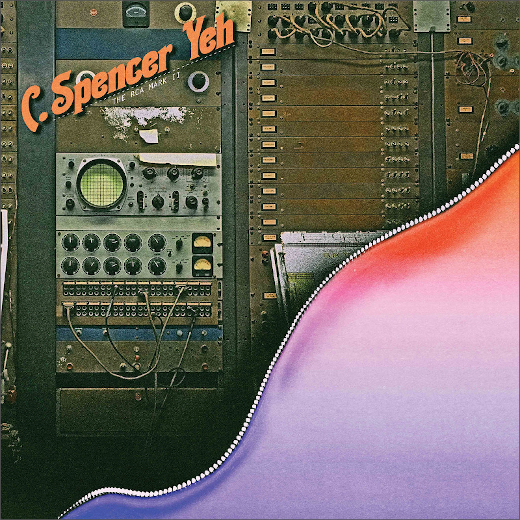
Reshaped into a bristling and energized flicker of motion
Sometimes all you want to hear is the click of a switch. Or perhaps the click of 11,000 switches, or however many the RCA Mark II Synthesizer has on its mainframe sized body. Fortunate for us, maverick sound explorer C. Spencer Yeh has recorded the click of those switches and turned them into a very physical and percussive album that explores the materiality of the fabled behemoth that made the Columbia-Princeton Electronic Music Studio legendary for the creation of early electronic music. This album was released in November 2017.
For those of you who have listened to Yeh’s voluminous output and live performances over the years via his Burning Star Core project you know to expect the unexpected. The same is true for the work he puts out under his given moniker. His body of work traverses a range of avant-garde and experimental intermedia and has been called by others “paratextual.” In that sense, this work gives a “reading” of the RCA Mark II through the manipulation of recordings of it—but his recordings aren’t of the sounds it once was capable of producing. It can’t produce sound anymore. It no longer functions as it was once intended. It cannot synthesize and its tubes no longer glow with the light of flowing electrons. Here Yeh reaches out to touch the synthesizer, approaches it as a kind of ancestral relic for those of us who have succumbed to the love of these machines. Here it is fetishized, stroked, recorded with reverence, only later to be dissected, spliced, and decomposed into its own archival document.
This record all started when Yeh made a trip to the university to visit a friend. While there he also visited the RCA Mark II. I like to imagine it having become his friend. The RCA Mark II had been used extensively by musicians such as Alice Shields, Daria Semegen, Milton Babbit, Vladimir Ussachevsky, Halim El-Dabh, Mario Davidovsky, Otto Luening, Edgard Varese and many others after it made its appearance as the first programmable synth in 1959. Some of its sounds, and some of those composers, are perhaps best sampled on the albums The Columbia-Princeton Electronic Music Center 1961-1973 and on Columbia-Princeton Electronic Music Center 10th Anniversary. You can also read about the storied history of the synth and the studio in the Sonic Contours chapter of my book, The Radio Phonics Laboratory.
So many layers of resonance ::
The RCA Mark II has so many layers of resonance, and Yeh added a new layer, creating an impressive electro-acoustic work by visiting it on a regular basis and recording it as he flipped switches, turned knobs, plugged and unplugged cables. He used contact mics and room mics to gather all this material and then used that as the raw primal matter to refine his musical gold. The material was further processed in a series of live performances that were in turn recorded, edited, collated, collaged, mixed and mutated into the form that listeners can now hear as this album.
The sound is very rhythmic, almost entirely so. There are, of course, a plethora of textures among these rhythms, but it has all been reshaped into a bristling and energized flicker of motion. I imagine this motion of clicking switches as the sound of all those people who played the synth in the past. Here are the echoes of them turning, tuning, and sculpting the sounds, programming it with the teletype keyboard that punched the paper that was read as an input. Yeh is able to evoke the synth as an object, something played not just with the mind, but with the entire body present. This record gives a new meaning to the “clicks & cuts” genre of electronic glitch from few decades ago and resurrects the life of a synth once thought to be dead.
The RCA Mark II is available on Primary Information. [Bandcamp]










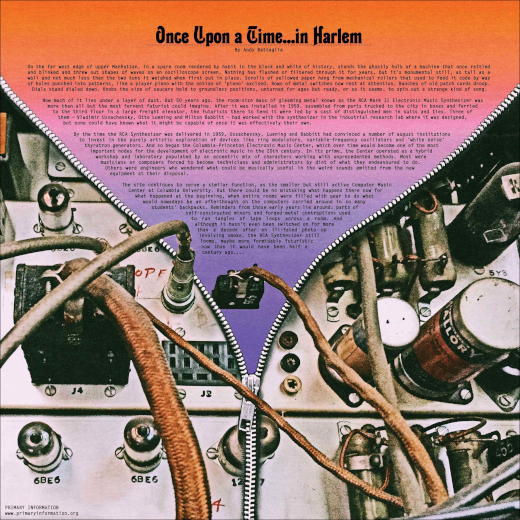


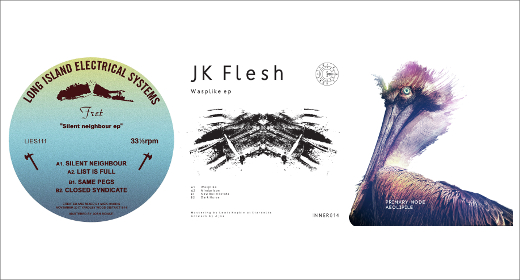

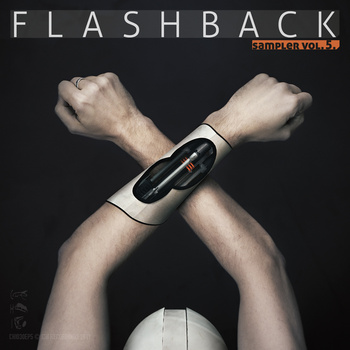


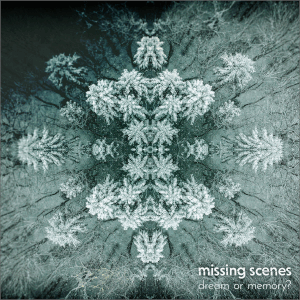
![exm :: Solar (Touched Music) — [concise]](https://igloomag.com/wp/wp-content/uploads/2025/03/exm-solar_feat-75x75.jpg)








